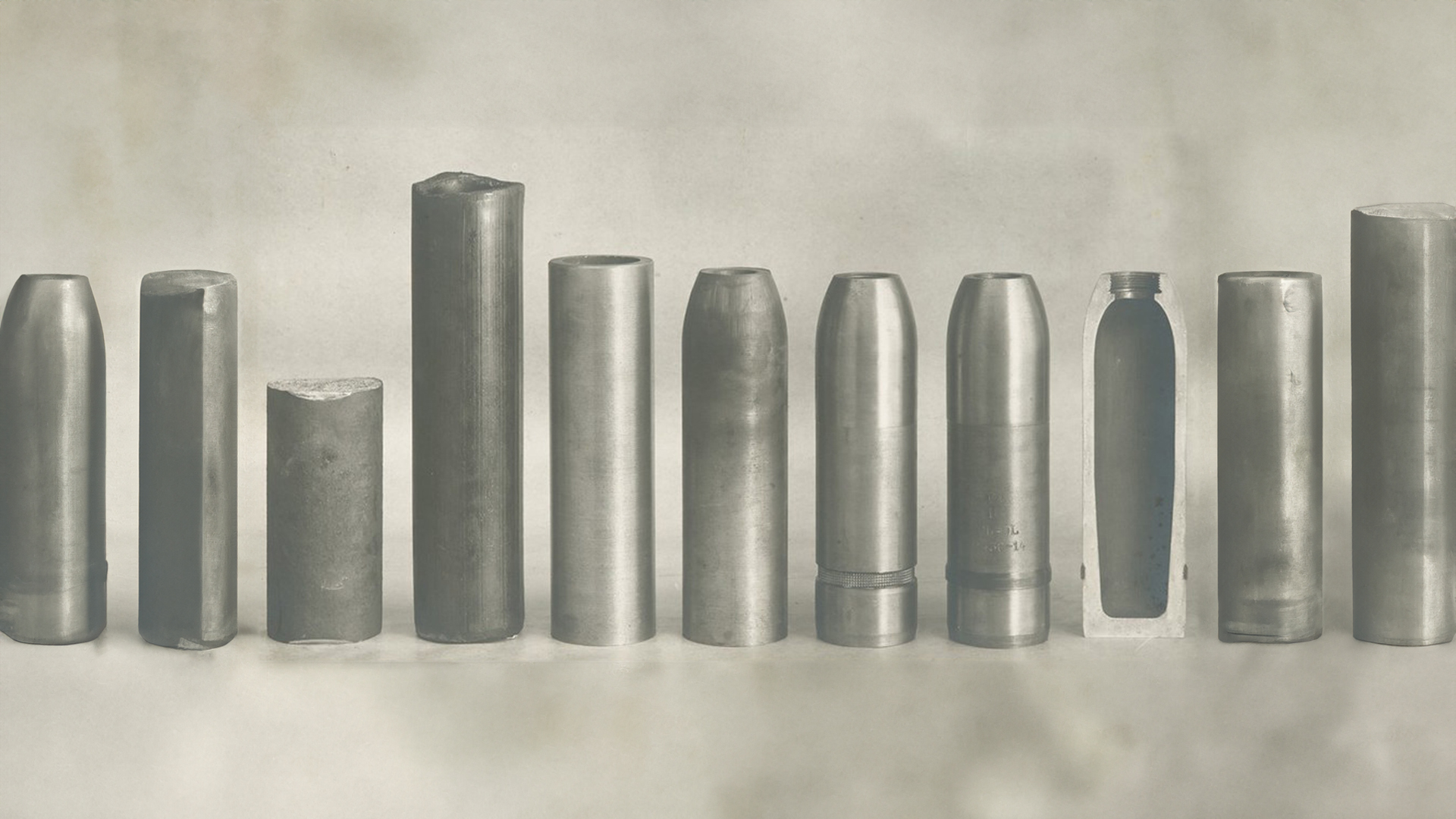Chris Burden - Shoot, 1970s

“What is this thing of being shot, what is it? You see it depicted in the entertainment industry, over and over and over. So, what is this dragon? And I think it was a scientific and a philosophical position to face it head on.” - Chris Burden Chris Burden is probably most known for his art installation of 202 historic streetlamps in front of LACMA that has become a landmark in Los Angeles–people come from all over the world to take photos in front of the iconic lights. But on November 19, 1971, at the F-Space gallery in Santa Ana, California, only twenty-five at the time, Burden was shot. Don’t worry, it was on purpose. He arranged for his friend Bruce Dunlap to shoot him superficially in the left arm for art, but the marksman shifts slightly during the moment and the bullet actually pierces him. Once the bullet hits, Burden stumbles forward in pain. The entire moment is captured in eight seconds of film and photographs.
Shoot forces the viewer to focus only on the act of a human being shot by a gun. There are no distractions. Burden is standing there, the gun is pointing at him, he gets shot, he reacts from pain. It is visceral. As Burden would say, getting shot: “it’s as American as apple pie.” We’re confronted with guns everywhere on the news–especially for Burden during the ‘60s, with coverage of the Vietnam War–and in our fictional media, so we’re desensitized. But the art of Shoot is that it forces a resensitization as we’re watching because it allows us to see that life is corporeal. As much as Burden was the creator of this piece, Dunlap held Burden’s life in his hands. Much like the soldiers in Vietnam held the lives of the Vietnamese in their hands, and the American politicians held the lives of those soldiers in their hands, and so on.
Burden, in some sense, was a scientist using his own body as the test subject. He was a pioneer for the subgenre of performance art known as body art: focusing on using the human body as a primary means of expression. He also begs the questions: what are the struggles between performer and audience? Artist and art world? Citizen and government?
Shoot forces the viewer to focus only on the act of a human being shot by a gun. There are no distractions. Burden is standing there, the gun is pointing at him, he gets shot, he reacts from pain. It is visceral. As Burden would say, getting shot: “it’s as American as apple pie.” We’re confronted with guns everywhere on the news–especially for Burden during the ‘60s, with coverage of the Vietnam War–and in our fictional media, so we’re desensitized. But the art of Shoot is that it forces a resensitization as we’re watching because it allows us to see that life is corporeal. As much as Burden was the creator of this piece, Dunlap held Burden’s life in his hands. Much like the soldiers in Vietnam held the lives of the Vietnamese in their hands, and the American politicians held the lives of those soldiers in their hands, and so on.
Burden, in some sense, was a scientist using his own body as the test subject. He was a pioneer for the subgenre of performance art known as body art: focusing on using the human body as a primary means of expression. He also begs the questions: what are the struggles between performer and audience? Artist and art world? Citizen and government?
Join the Club
Follow the organizations you care about, track and bookmark events as they're announced—discover your next enriching experience on Ode.
